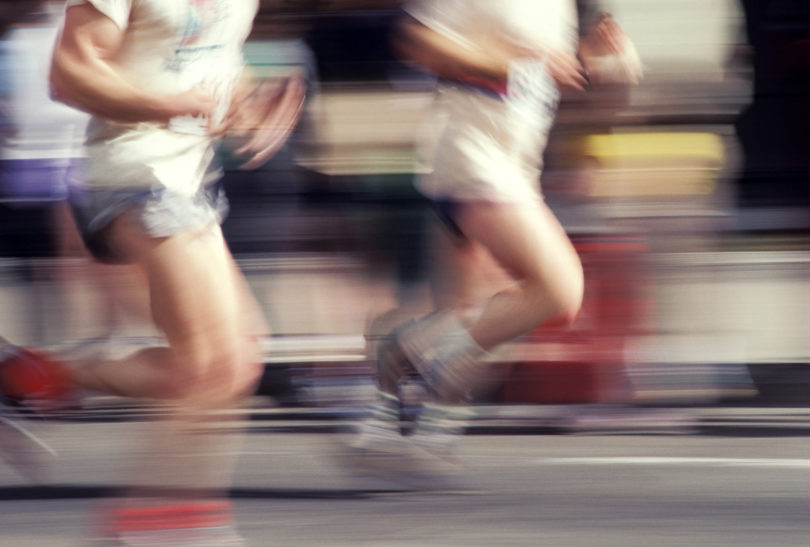In many cases, it can be difficult to pinpoint the exact cause of the pain. Often the problem is due to several different causes multifactorial. There can be a muscular imbalance between the muscles of the quadriceps and the hip muscles. There can be an atomic issue with the alignment of the knee, the depth of the groove, or the position of the kneecap. There can be an issue with the knee cap ligaments being too tight or too lax.
Symptoms of runner’s knee can include pain behind or around the kneecap, pain when you bend the knee, pain that worsens when walking downstairs or downhill, and swelling.
In order to prevent runner’s knee, it is important to constantly work towards improving and maintaining good flexibility. You should include strength training in your running program and always warm up and cool down before running.
It is not uncommon for Patellofemoral pain to linger for weeks or even months, so do be cautious with this injury. In general, it is not a good idea to run through pain.



